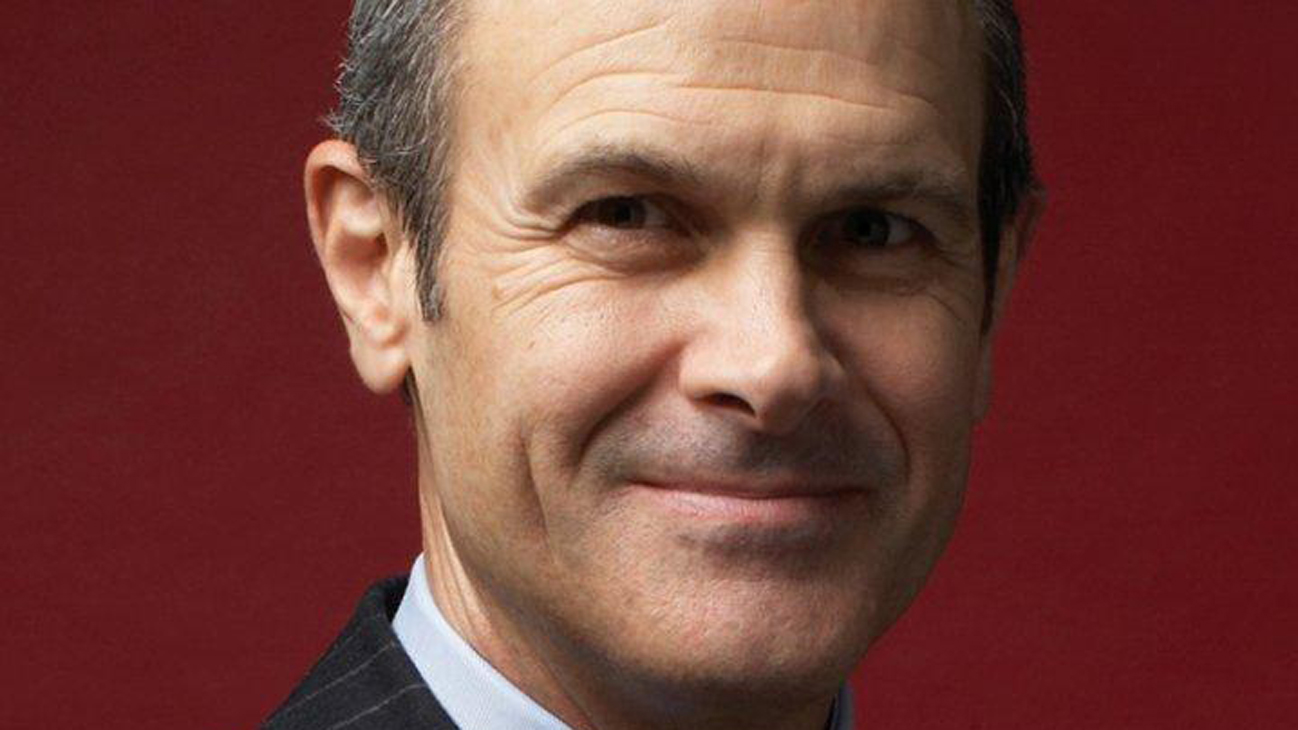Geoff Colvin, senior editor-at-large of Fortune magazine, writes and speaks on the hottest trends in business and the drivers of business change. He wrote this piece to accompany Fortune’s 2013 Most Admired list – a reminder that business success is fragile and keeping up is a challenge:
The most important trend in the World’s Most Admired Companies ranking isn’t the concentration of tech firms at the top, striking though that is. The list holds an even larger and more powerful pattern: Seven of those top 10 companies are one-man phenomena. Apple, Google, Amazon, Starbucks, Southwest Airlines, Berkshire Hathaway, FedEx — each is the reflection of a single individual (or two, at Google) who is still around, with the notable exception of Apple’s Steve Jobs, gone less than 18 months.
To see how unusual that is and what large questions it raises for any company’s future in today’s economy, one must consider the very first Most Admired list, which appeared 30 years ago, in 1983. Only one among the top 10 was a one-man phenomenon: Digital Equipment, run by founder Ken Olsen. The others were all long-established institutions, corporate aristocracy: IBM, Hewlett-Packard, Johnson & Johnson, Eastman Kodak, Merck, AT&T, General Electric, General Mills.
Why this massive shift? In an information-based economy, a company can rocket to industry dominance and a towering valuation in the space of a founder’s career, much faster than in an industrial economy. It can also fall right back down, as Yahoo, AOL, and MySpace prove.
Success in today’s economy seems volatile, momentary, evanescent. It’s tempting to conclude that nothing lasts very long anymore. Yet that clearly isn’t right; two of this year’s top 10, Coca-Cola and IBM, are over 100 years old. The more accurate conclusion is that nothing today lasts very long without constant attention. That is a major change from 30 years ago. In an industrial economy based on physical products, plenty of things actually did last a long time on their own. For example, many people in your company right now are carrying HP-12C calculators that are 20 to 30 years old. You can drop them, sit on them, and throw them, and they still work. In today’s economy, software does the same calculations 100 times faster, and it doesn’t exist physically. If it falls even fractionally behind the competition, it can be discarded with a click.
Everything in your company today will become obsolete with shocking speed if not obsessively managed. So a critical question for business leaders now is how to manage in that environment — specifically, what must be managed for change, and what must be managed for continuity, if we’re to be admired in 30 years?
The answer seems clear. Products, services, and strategies must be managed for change, faster all the time. Their life expectancies are shrinking. Brand and culture must be managed for continuity. Look at the three old-timers on today’s list: Coke, IBM, and Disney. They possess arguably the strongest brands on earth, and all have titanium-strength cultures.
Here’s another way to get at the deep lessons of the Most Admired: Make your best prediction of which companies among today’s top 10 will appear in the top 10 list 30 years from now, in 2043. My guesses, for what they’re worth: Coke because of brand power among growing middle classes in hot climates; IBM because it’s actually a leadership development company, not an infotech company; and Disney, perhaps, because of brand brilliance and favorable demographic trends.
I cannot put any of the one-man phenomena on my 2043 list. Can you? After all, the only one-man phenomenon on our 1983 rankings, Digital Equipment, is the only one that no longer exists in some form. Some of today’s stars could certainly become great institutions, the new aristocracy. But even with all they’ve achieved, they have much more to prove. Long-term admiration is rare for a reason.

